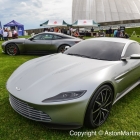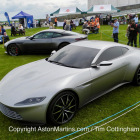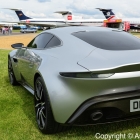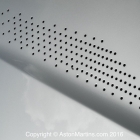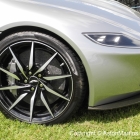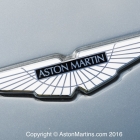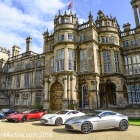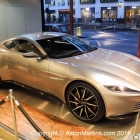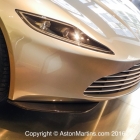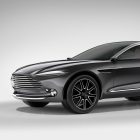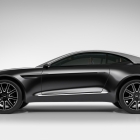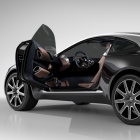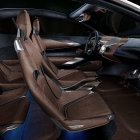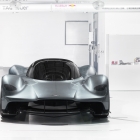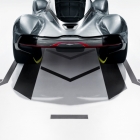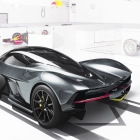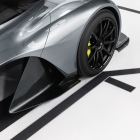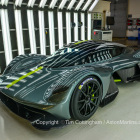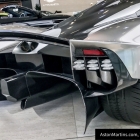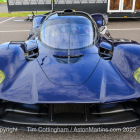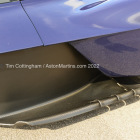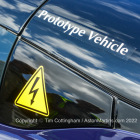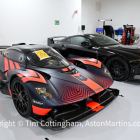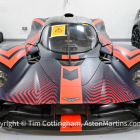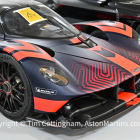B&M Single Seater Team Car ‘Razor Blade’
- 01/02/2013The engine fitted to Razor Blade was a spare 16 valve 1.5 litre twin cam as used in the 1922 French GP cars producing around 55 bhp. The specially made chassis was somewhat unusual as it was inswept at the rear and a narrow 3ft. track so this ‘crab looking’ car was notoriously difficult to handle. The smooth and sleek aluminium coachwork was made by the De Havilland aircraft company as B&M were an engineering company not able to make car bodies.
It was the intention of Lionel Martin to make Razor Blade the first light car to exceed 100 mph in an hour but unfortunately, an AC piped Razor Blade to the post. This did not deter Martin and the car became a successful Brooklands racer. In the hands of Major Frank Halford, a De Havilland engineer, Razor Blade achieved victory in it’s first race in August 1923 at the BARC Meeting, lapping at over 98 mph. Later in the year, Razor Blade achieved records in both the standing start mile (74.12 mph driven by Kensington-Moir) and kilometer (66.54 mph driven by Frank Halford).
There is reason to believe that the BRDC badge, that was designed by S.C.H. “Sammy” Davis, features the image of Razor Blade. S.C.H. Davis was in time, one of the Bentley Boys, motorsport editor of ‘The Autocar’, works AM driver and also a little later designed the Aston Martin wings badge.
Quite appropriate that this car which has so much Brooklands history is now on permanent display at the Brooklands Museum in the Jackson shed and although it lives in a museum, Razor Blade is still occasionally used in Vintage Motorsport. Many of the photographs on this page were taken in the run up to the Aston Martin Centenary Celebrations when the car was parked up in Perks Field with the exclusive London street of Kensington Palace Gardens in the background. Although built as race car and not displaying registration plates in my photographs, Razor Blade is actually British road registered and carries the plate XO9958.



